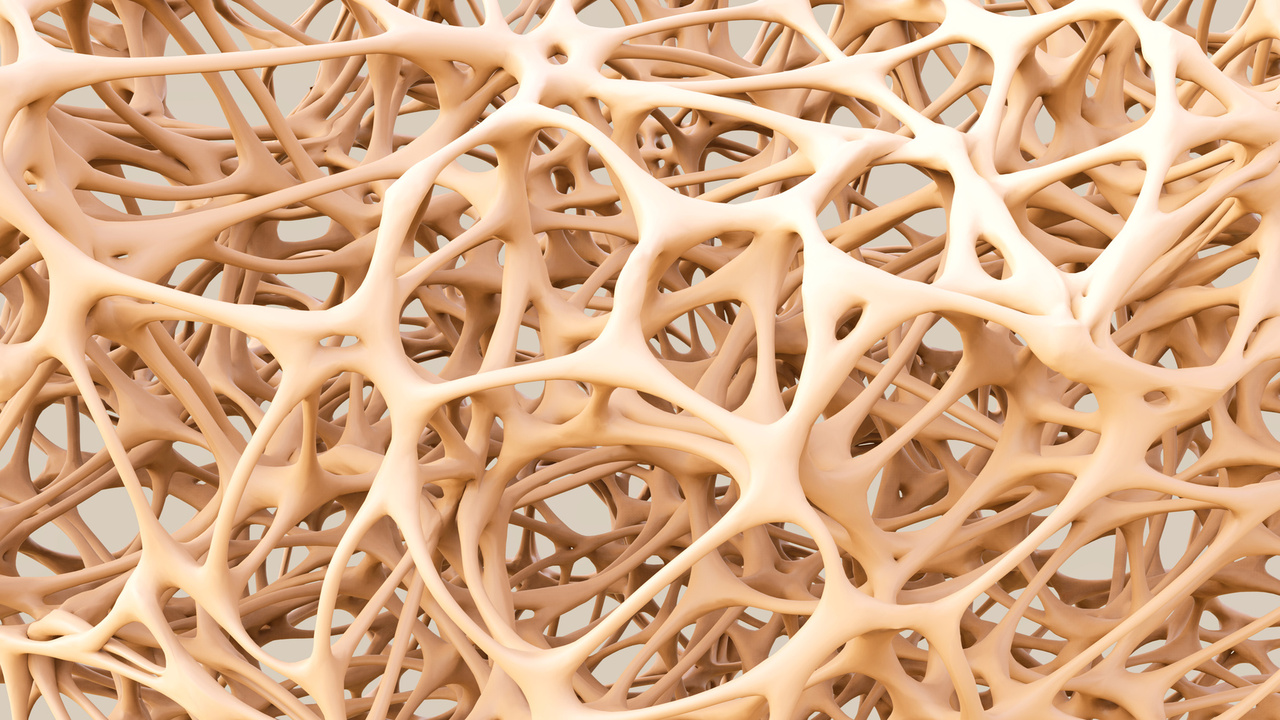Skeletons were on the prowl the past couple of weeks as Halloween came and went. Their frightfully eerie presence gave chills to many young children as they paraded on their trick-or-treat routes. The skeleton that rests within your body is more than just an image of holiday décor. It is what give your body its shape and provides support to your body.
What are bones, exactly? They most certainly are not sticks or pieces of wood, but they are living tissues that rebuild continually throughout your lifetime. As you age, there are three simple measures you can employ to make sure those bones stay strong and healthy: exercise regularly, get enough calcium, and get enough vitamin D.
Bones serve three main functions in the body. They serve to protect the internal organs and the body tissue. They allow for the muscles to anchor and to provide support for the entire body. Bones also give us our shape and our structure so that we are able to move. In order to maintain a strong body and stay in good physical condition, health bones are necessary.
Because bones are inside the body, detecting any symptoms or warning signs of disease or bone health issues is a challenge. When osteoporosis sets in, it is usually not evidenced initially by marked pain or other symptoms. Once the bones are weakened by this condition, however, back pain may present due to a collapsed or fractured vertebrae that was weakened by osteoporosis. Other issues, such as a gradual loss of height, stooped posture, fractures of the hips, wrist, or other bones may occur.
Many factors exist that can contribute to bone health issues. Women are twice as likely to have bone-related issues as are men. Age is also a contributing factor to bone disease, as the bones become weaker over time. Bone health issues even cross ethnic lines, affecting Caucasians and Southeast Asians to a greater degree than blacks or Hispanics. Excessive use of caffeine, tobacco, and not enough calcium are strong contributing factors to bone loss and fractures.
In 2004, the Surgeon General produced a study of osteoporosis in the United States with a 330-page report detailing the best ways to promote bone health and avoid issues such as fractures and osteoporosis. The essence of his advice was to work with nature.
The Surgeon General constructed a pyramid for the prevention and treatment of osteoporosis that begins with nutrition, exercise, and fall prevention at the base of the pyramid. The next level involves the assessment and treatment of any underlying causes of impaired bone health. The top of the pyramid, and noted as the last resort, is the implementation of pharmacology measures. (This is not to suggest that people should not adhere to their physician’s advice when instructed to take certain medications for bone health issues. This pyramid serves as a guideline for overall good bone health.)
The basic message the Surgeon General desired to express is that our bones are meant to last a lifetime. In a great deal of cases, they often do not need drugs to keep them strong or to prevent fractures. There are many natural ways to deal with bone health issues.
For example, we should nourish our bodies with basic nutrients. This can serve to hasten the aging process and allow for our cells to function at an optimum level. Enjoy fresh fruits, vegetables, nuts, and seeds, and strive to avoid processed foods, white flours, and refined sugars. Get moving more frequently. Once you have your doctor’s approval, go on walks, practice the art of yoga, or learn from a personal trainer.
Minimize the stress levels in your life. The stress hormone Cortisol can greatly compromise the health of not only your bones, but your entire body. Give yourself some time off to get a massage or to sit and read a good book. No one needs a 24/7 dose of Cortisol. Our bodies are highly capable of building and strengthening its bones when we give it the support it needs as described above.
(Information for this article obtained from www.womentowomencom/bonehealth and http://www.ehow.com/about_5453228_bone-health-issues.html.)






Add a Comment1 Comments
Hi Ann - Enjoyed your post, especially your emphasis on the bones as living tissue that we need to nurture, take care of and protect throughout our lives. Since we grow up seeing fake bones at Halloween that are usually wood or plastic and very hard and definitely not living, we don't get a good foundation for understanding them as a vital, living part of our body. Thanks for this great information.
November 4, 2009 - 5:27pmTake good care,
Pat
This Comment